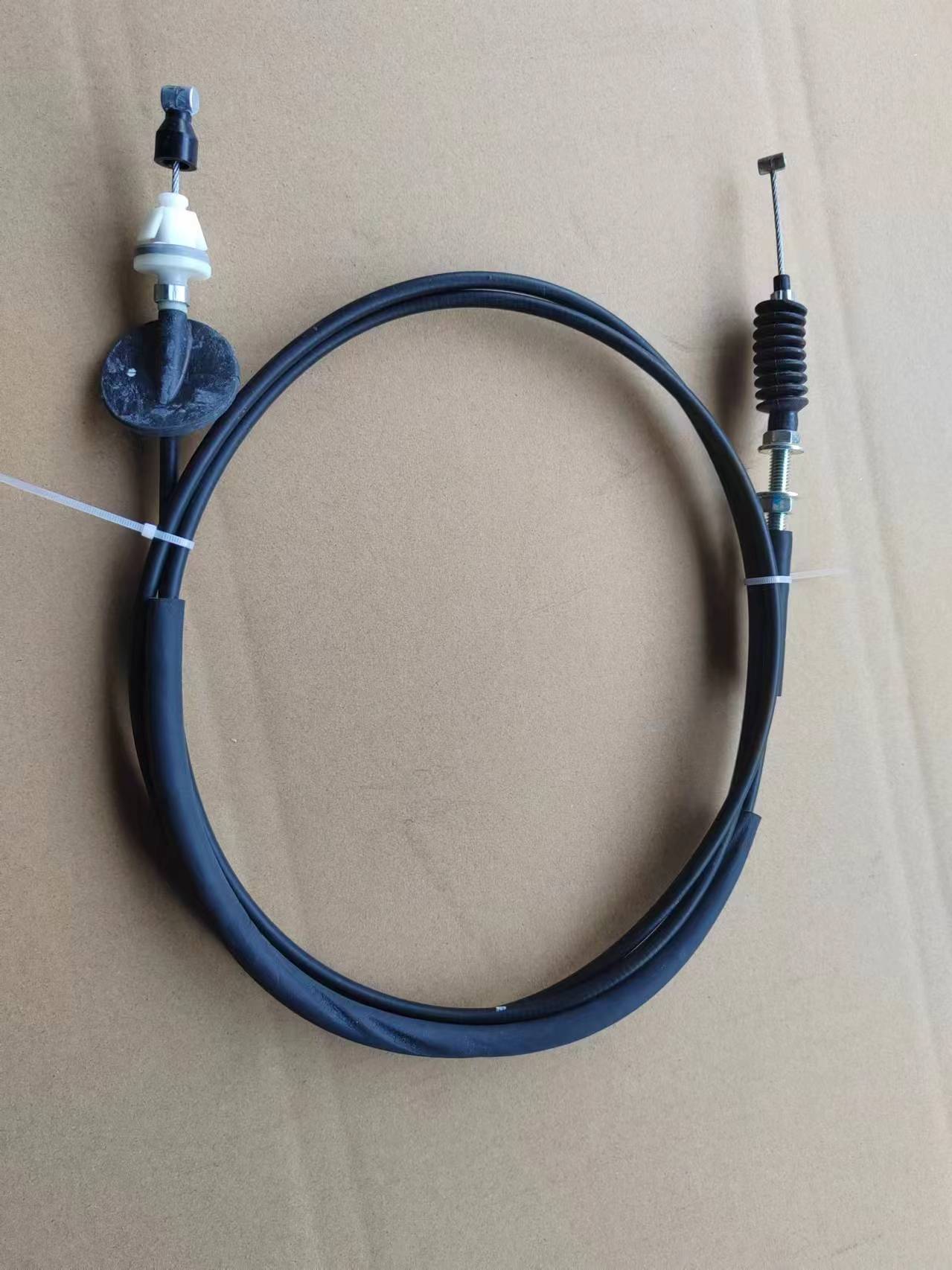carburetor choke cable
Understanding the Carburetor Choke Cable Function and Importance
The carburetor choke cable is an essential component in many gasoline engines, particularly in older vehicles and small engines. Understanding its function, operation, and importance can help ensure optimal engine performance and longevity.
What is a Carburetor Choke Cable?
The carburetor choke cable is a mechanical link that connects the choke valve in the carburetor to the engine's dashboard or control lever. The choke is a component that restricts air flow into the carburetor, effectively enriching the fuel mixture during cold starts. When the engine is cold, a richer fuel mixture is necessary for efficient combustion because the gasoline vaporizes less readily at lower temperatures. The choke cable allows the driver or operator to manually control the opening and closing of the choke valve.
How It Works
When the engine is cold, the driver pulls or pushes the choke cable, which engages the choke mechanism and closes the valve, restricting air flow. This action increases the fuel-to-air ratio, providing a denser mixture that is easier to ignite. Once the engine achieves an optimal operating temperature, the driver can release the choke cable, allowing the valve to open fully and restore the normal air-fuel ratio.
In some modern vehicles, the choke system is automated and may not require a cable, relying instead on an electric choke or thermally activated chokes. However, many older models and certain small engines still utilize a manual carburetor choke cable, making it an important aspect of their design.
Importance of the Carburetor Choke Cable
1. Starting Performance One of the primary functions of the choke cable is enhancing the engine's starting performance in cold conditions. A properly functioning choke system is critical for a swift and reliable start. Failure to engage the choke can result in hard starts or incomplete combustion, leading to rough engine performance.
carburetor choke cable

2. Enhanced Fuel Efficiency The choke cable allows for an optimal air-fuel mixture, improving combustion efficiency, particularly during cold starts. When the engine warms up and the choke is disengaged, the fuel mixture can be adjusted to maximize efficiency, leading to better fuel economy.
3. Engine Longevity Using the choke correctly can prevent engine strain during cold starts. A richer mixture protects the engine components from potential damage due to lean running conditions that might cause knocking or overheating.
4. Simple Operation The mechanical nature of the cable system offers simple operation for the driver. With straightforward controls, operators can adjust the choke with minimal effort, ensuring that they can start their engine under varying conditions.
Maintenance and Troubleshooting
Maintaining the carburetor choke cable is crucial for its proper functioning. Regular inspections should be conducted to ensure that the cable is not frayed, kinked, or otherwise damaged. Additionally, the connection points should be lubricated periodically to minimize friction that can hinder the choke's movement.
If an engine is having persistent starting issues, or if it runs rough during cold starts, it is advisable to check the choke cable for proper operation. It may require adjustment, or the cable may need replacement if it shows signs of wear.
Conclusion
In conclusion, the carburetor choke cable plays a vital role in the performance of many gasoline engines, particularly during cold starts. Understanding its purpose and maintenance can enhance the operational efficiency of your vehicle or small engine, ensuring reliable performance regardless of the weather conditions. Whether you are a seasoned mechanic or a casual DIY enthusiast, being aware of the importance of the choke cable will empower you to keep your engine running smoothly and efficiently.
-
Workings of Clutch Pipe and Hose SystemsNewsJun.04,2025
-
The Inner Workings of Hand Brake Cable SystemsNewsJun.04,2025
-
The Secrets of Throttle and Accelerator CablesNewsJun.04,2025
-
The Hidden Lifeline of Your Transmission Gear Shift CablesNewsJun.04,2025
-
Demystifying Gear Cables and Shift LinkagesNewsJun.04,2025
-
Decoding Clutch Line Systems A Comprehensive GuideNewsJun.04,2025
